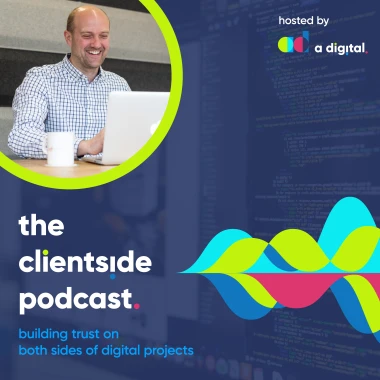
Digital transformation with Richard Godfrey
The Clientside Podcast
40 min Richard Godfrey
Andrew Armitage talks to digital transformation expert Richard Godfrey about what the phrase really means, and how starting off with the right mindset can enhance the digital transformation experience.
In this episode we discuss Richard’s experiences of working with clients in both the public and private sector, the challenges businesses often come up against and how you can use his methodology (the 5 D’s) to take the first steps in your own digital transformation.
Richard highlights where companies often struggle and why, by approaching it in the right way, a digital transformation isn’t something to shy away from.
Listen on your smart device or read the transcript below
When you are looking at implementing a project, you understand from the start the level you're coming at. If you've got five people who don't know how to open the Internet and you're coming at them with a cloud based system, you've got to start a long way before that.
Richard Godfrey Tweet

